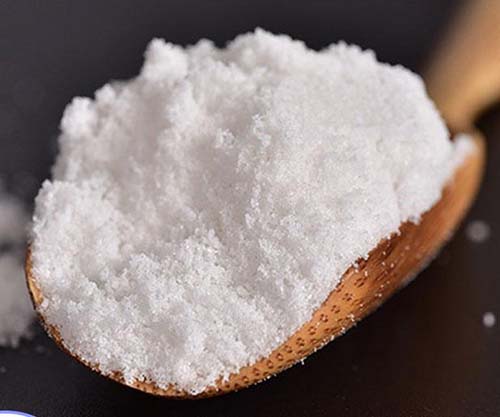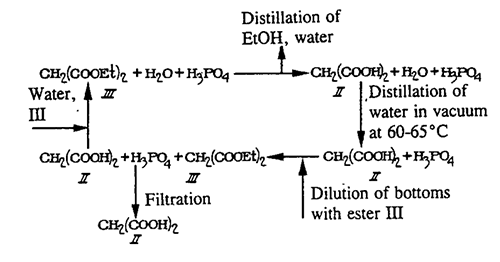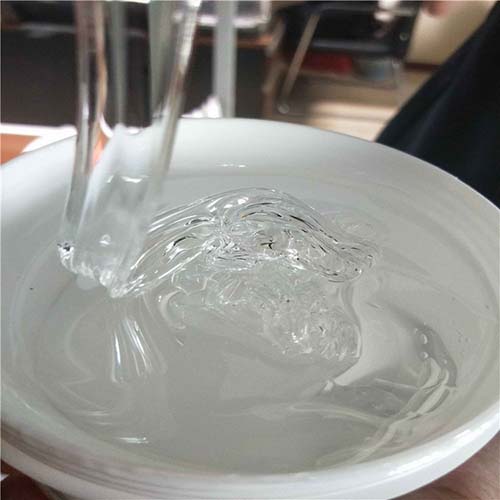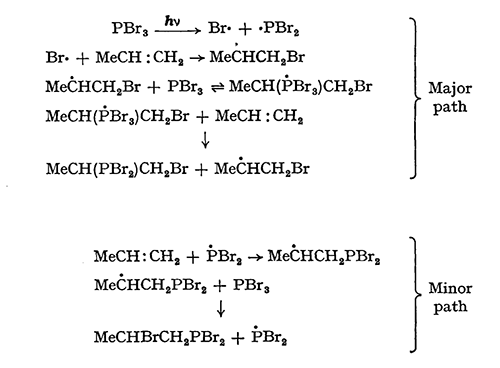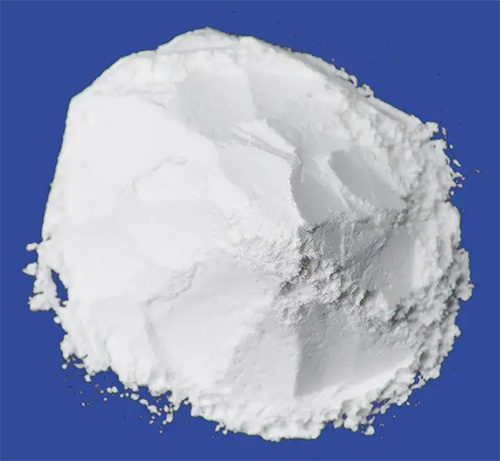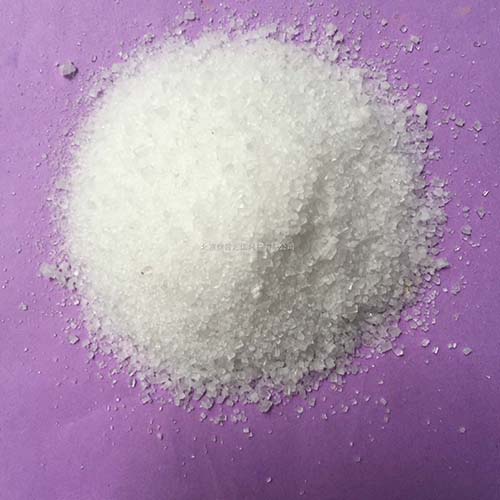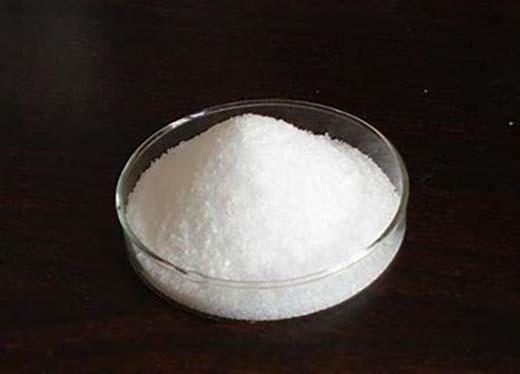Active Pharmaceutical Ingredients (API), popularly speaking, are the raw materials of medicines, only pharmaceutical raw materials are processed into pharmaceutical preparations , can they become medicines available for clinical use, so drugs we usually eat are the finished drugs through processing. Active Pharmaceutical Ingredients based on its sources can be divided into two major categories ,including chemical synthetic drugs and natural chemical drugs. Chemical synthetic drugs can be divided into organic synthetic drugs and inorganic synthetic drugs. Inorganic synthetic drugs are inorganic compounds ( very few is element), such as aluminum hydroxide, magnesium trisilicate which are used for the treatment of gastric and duodenal ulcers ; organic synthetic drugs are mainly composed of drugs made by basic organic chemical raw materials, through a series of organic chemical reactions (such as aspirin, chloramphenicol, caffeine, etc.). Natural chemical drugs ,based on its sources,can be divided into two categories including biochemical drugs and plant chemical drugs. Antibiotics are generally made by the microbial fermentation, which belongs to the biochemistry category. A variety of semi-synthetic antibiotics occurs in recent years,which are biosynthesis and chemical synthesis combining products.Among active Pharmaceutical Ingredients, the organic synthetic drugs varieties, yields and values have the largest proportion,which are the main pillars of the chemical and pharmaceutical industries. The quality of active Pharmaceutical Ingredients decides whether the formulation is good or bad , so its quality standards are very strict ,countries in the world have developed national pharmacopoeia standards and strict quality control methods for its widely used active Pharmaceutical ingredients.
Use and Properties of Calcium hypochlorite
Calcium hypochlorite, a relatively stable, and easily stored and used solid hypochlorite oxidant, was found to oxidize secondary alcohols to ketones in excellent yields.
Jun 15,2022 APIThe toxicity of thiamine hydrochloride
Thiamine hydrochloride is the hydrochloride of thiamine, also known as thiamine. It is the earliest water-soluble vitamin purified by people.
Jun 14,2022 APISynthesis methods of 2,2-Dimethyl-1,3-dioxane-4,6-dione
2,2-Dimethyl-1,3-dioxane-4,6-dione is an organic compound, which is a white solid at room temperature and decomposes when heated.
Jun 14,2022 APIThe degradation of 2-picolinic acid
2-picolinic acid is one of N-heterocyclic aromatic compounds.
Jun 13,2022 APIReaction products of polyisobutylene
Polyisobutylene (PIB) is a polymer prepared from isobutylene by positive ion polymerization, and its molecular weight can range from hundreds to millions. It is a typical saturated linear polymer.
Jun 8,2022 APIApplications of phosphorus tribromide
Phosphorus tribromide, also known as phosphorus bromide, is a colorless liquid with a pungent odor, fumes violently in the air, and is poisonous.
Jun 8,2022 APIThe pharmaceutical analysis of 5-fluorouracil
5-Fluorouracil (5-FU) is widely used in the treatment of cancer
Jun 6,2022 APIPreparation and Structure of sodium dihydrogen phosphate dihydrate
Sodium dihydrogen phosphate dihydrate, also known as monobasic sodium phosphate, is an inorganic compound.
Jun 2,2022 APIBiosynthesis of L(+)-tartaric acid
L(+)-Tartaric acid (TA) is the primary nonfermentable soluble acid in grapes and the principal acid in wine, contributing important aspects to the taste, mouthfeel, and aging potential of the product.
Jun 2,2022 APIApplication and Synthesis of Propofol
Propofol is derivative of phenol. It is a short-acting intravenous anesthetic and it belongs to the national banned drugs. The effect of general anesthetics (propofol and volatile anesthetics) on pulm
Jun 1,2022 API




